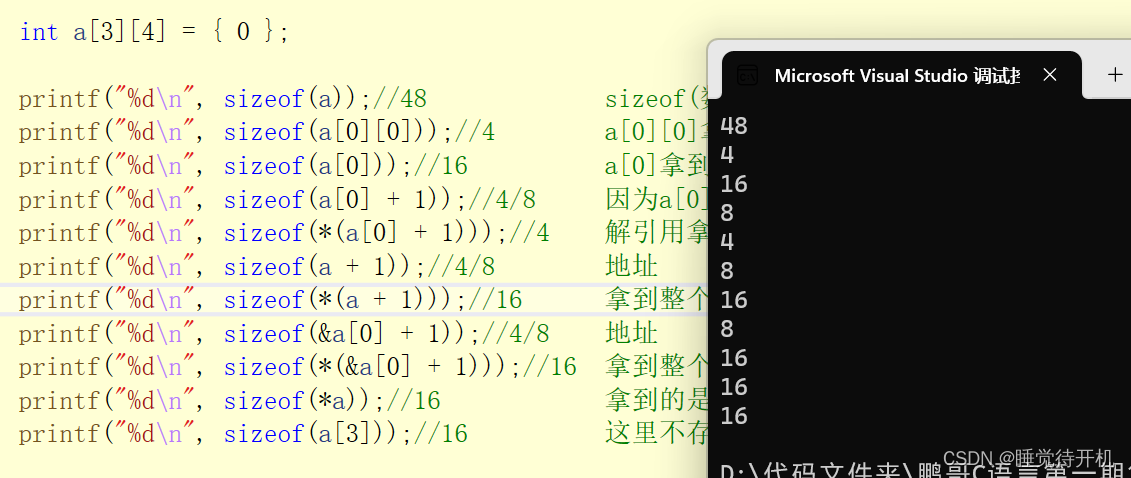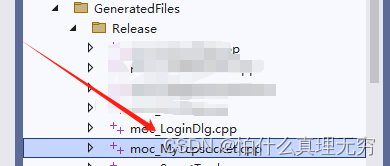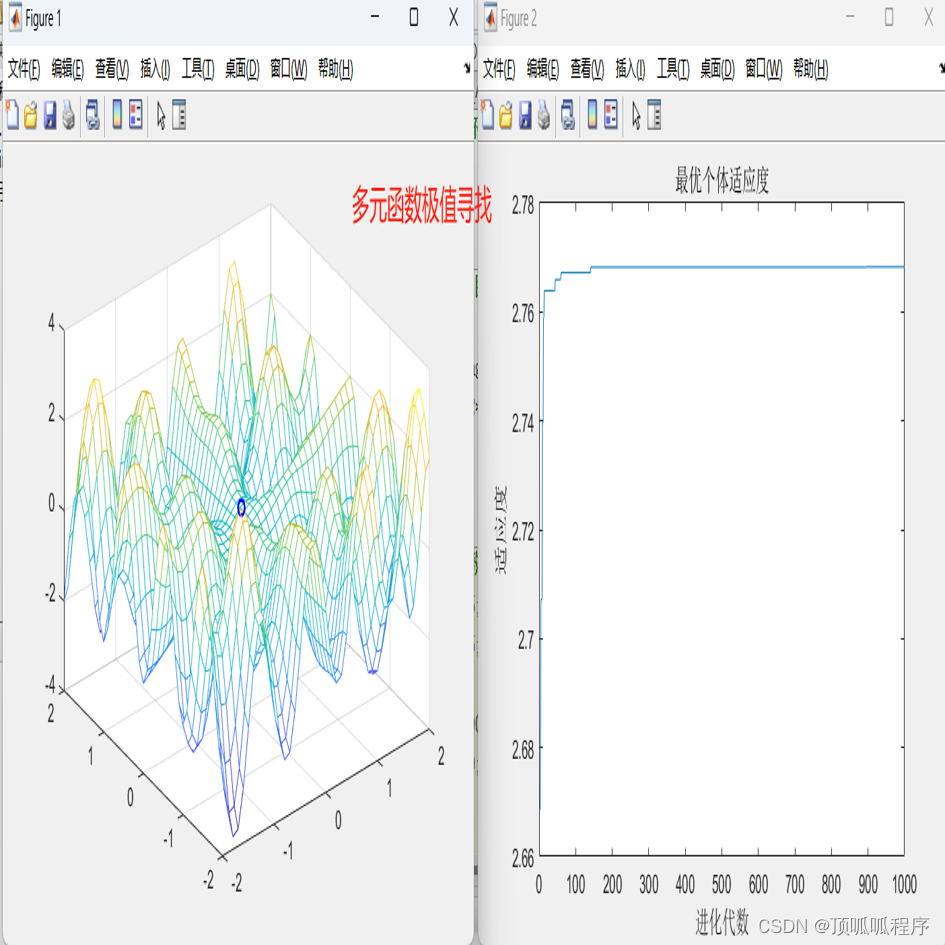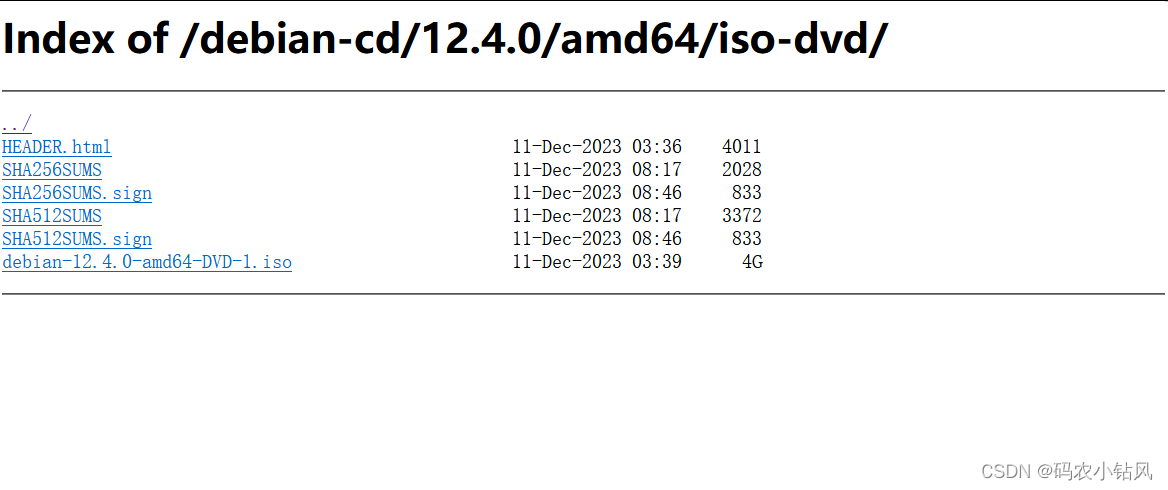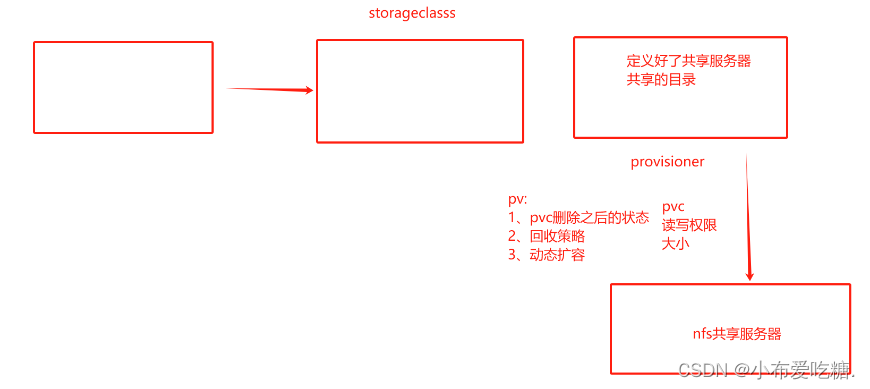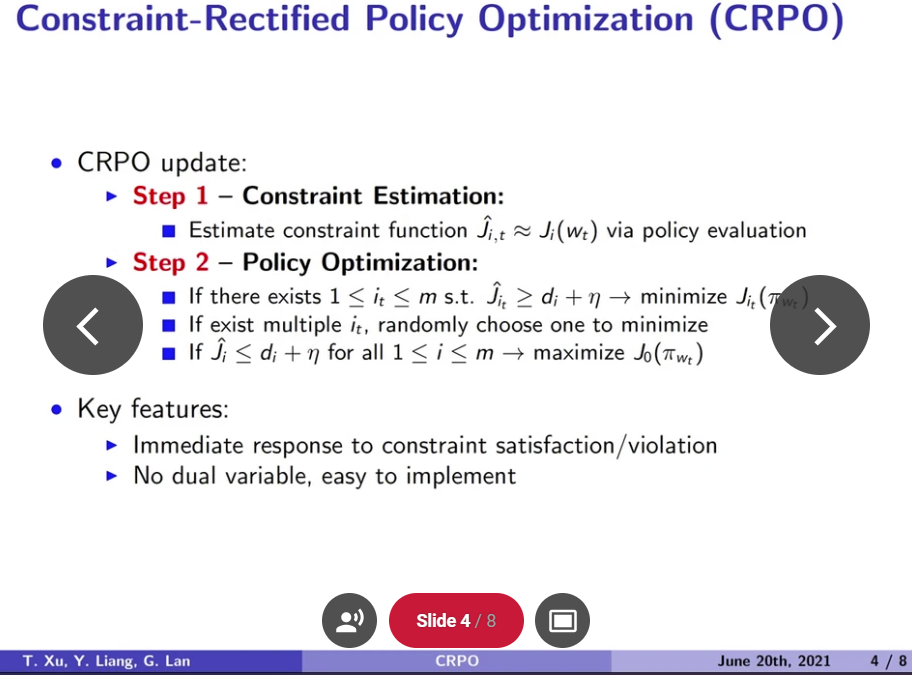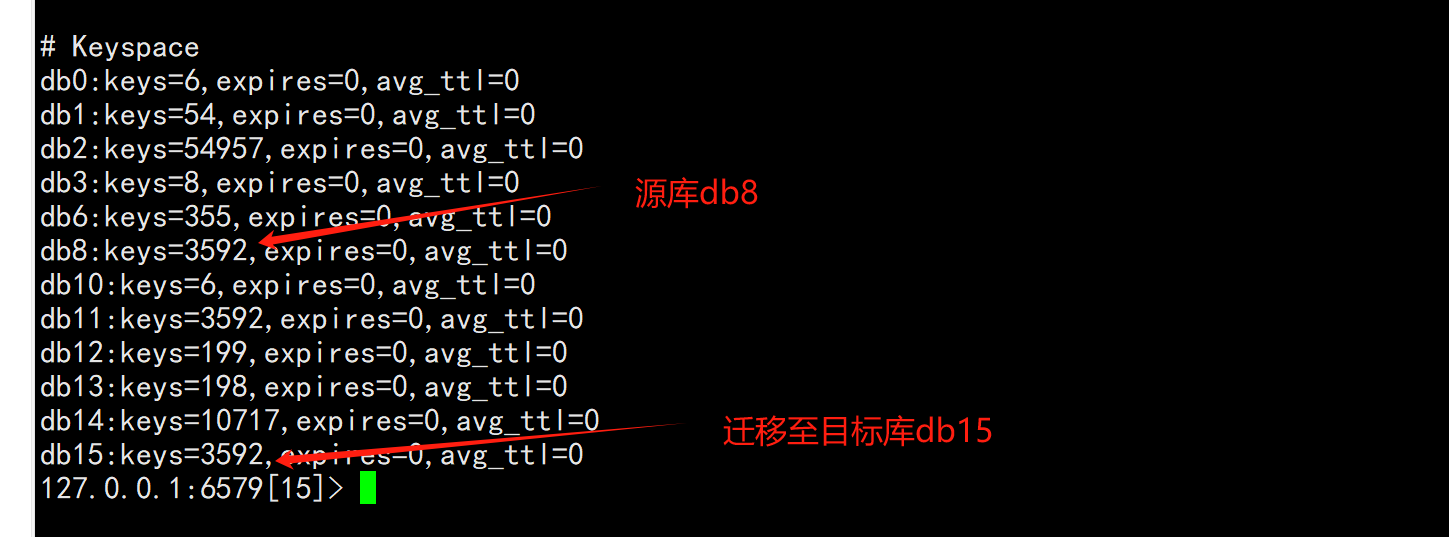栈和队列(Java)
- Java中的 栈 & 队列 操作
- 栈的使用
- 队列的使用
- LeetCode 232. 用栈实现队列
- 我的代码
- LeetCode 225. 用队列实现栈
- 我的代码
Java中的 栈 & 队列 操作
栈的使用
| 栈的方法 | 功能 |
|---|---|
| Stack() | 构造一个空的栈 |
| E push(E e) | 将e入栈,并返回e |
| E pop() | 将栈顶元素出栈并返回 |
| E peek() | 获取栈顶元素 |
| int size() | 获取栈中有效元素个数 |
| Boolean empty() | 检测栈是否为空 |
Stack<String> s = new Stack<>();
Stack<Intger> s2 = new Stack<>();
队列的使用
| 队列的方法 | 功能 |
|---|---|
| Boolean offer(E e) | 入队列 |
| E poll() | 队头元素出队列并返回 |
| E peek() | 获取队头元素 |
| int size() | 获取队列中有效元素个数 |
| Boolean isEmpty() | 检测队列是否为空 |
注意: Queue 是个接口,在实例化时必须实例化 LinkedList 的对象,因为 LinkedList 实现了 Queue 接口。
Queue<Integer> q = new LinkedList<>();
LeetCode 232. 用栈实现队列
出错点分析:
①栈的新建不会写、栈的操作方法不清楚
②可以看到 pop 和 peek 函数实现的逻辑都是一样的,很冗余,没有示例代码写的简洁
我的代码
class MyQueue {
Stack<Integer> s1 = new Stack<>();
Stack<Integer> s2 = new Stack<>();
public MyQueue() {
}
public void push(int x) {
s1.push(x);
}
public int pop() {
while(s1.size() != 0) {
int tmp = s1.pop();
s2.push(tmp);
}
int ans = s2.pop();
while(s2.size() != 0) {
int tmp = s2.pop();
s1.push(tmp);
}
return ans;
}
public int peek() {
while(s1.size() != 0) {
int tmp = s1.pop();
s2.push(tmp);
}
int ans = s2.peek();
while(s2.size() != 0) {
int tmp = s2.pop();
s1.push(tmp);
}
return ans;
}
public boolean empty() {
return s1.empty();
}
}

LeetCode 225. 用队列实现栈
出错点分析:
①队列的新建不会写、队列的操作方法不清楚
②可以看到 pop 和 top 函数实现的逻辑都是一样的,很冗余,没有示例代码写的简洁
我的代码
class MyStack {
Queue<Integer> q1=new LinkedList<>();
Queue<Integer> q2=new LinkedList<>();
public MyStack() {
}
public void push(int x) {
q1.offer(x);
}
public int pop() {
//移除并返回栈顶元素。
while(q1.size() != 1) {
int tmp = q1.poll();
q2.offer(tmp);
}
int ans = q1.poll();
while(q2.size() != 0) {
int tmp = q2.poll();
q1.offer(tmp);
}
return ans;
}
public int top() {
int ans = -1;//要赋初值
while(q1.size() != 0) {
int tmp = q1.poll();
q2.offer(tmp);
if(q1.size() == 0) { //是等于0的时候而不是等于1,因为poll操作暗含了size-1
ans = tmp;
}
}
while(q2.size() != 0) {
int tmp = q2.poll();
q1.offer(tmp);
}
return ans;
}
public boolean empty() {
return q1.isEmpty();
}
}



